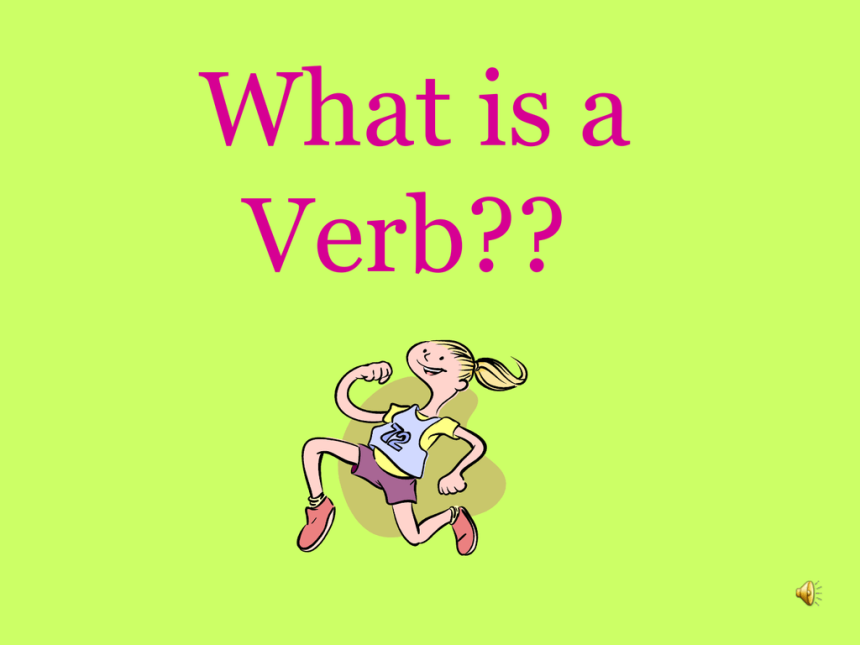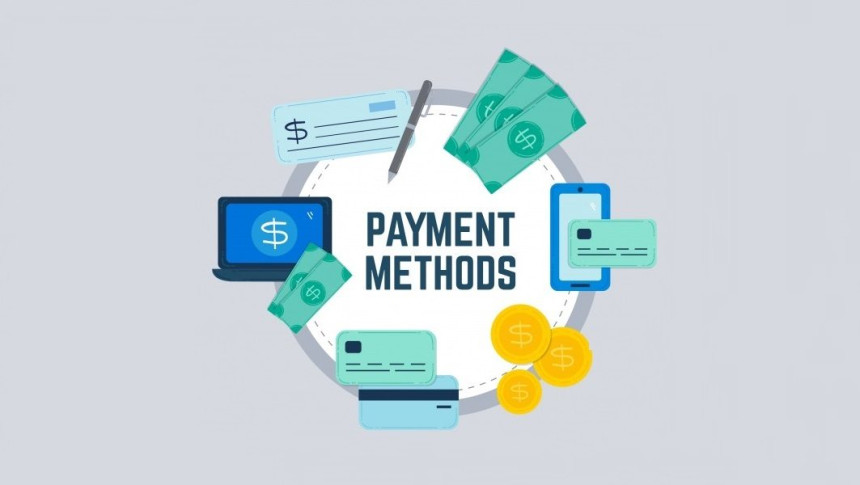
Hashtags
2 years ago
Hashtags
#what-is-this
What is a Verb?
A verb is a word that expresses an action, occurrence, or a state of being. It is one of the fundamental parts of speech in English and many other languages. Verbs play a crucial role in forming sentences and conveying meaning.
There are different types of verbs:
- Action Verbs: These verbs describe a physical or mental action. Examples include "run," "jump," "think," and "write."
- Example: She runs every morning.
- Linking Verbs: These verbs connect the subject of a sentence with a word or phrase that gives more information about the subject. Common linking verbs include "is," "am," "are," "was," "were," "seem," "become," and others.
- Example: He is a doctor.
- Helping Verbs (Auxiliary Verbs): These verbs work together with main verbs to create various tenses, moods, voices, etc. Examples include "have," "has," "had," "will," "shall," "can," "could," "may," "might," "should," "must," and others.
- Example: She has been studying for hours.
- Modal Verbs: These are a type of auxiliary verb that express necessity, possibility, ability, or permission. Examples include "can," "could," "may," "might," "shall," "should," "will," "would," "must," and "ought to."
- Example: You should study for the exam.
- Transitive Verbs: These verbs require a direct object to complete their meaning.
- Example: She ate the cake. (The verb "ate" requires the direct object "cake" to make sense.)
- Intransitive Verbs: These verbs do not require a direct object.
- Example: He slept.
- Phrasal Verbs: These are verbs that consist of a main verb plus one or more particles (prepositions or adverbs). The combination of the main verb and particle(s) often has a different meaning than the individual words. Examples include "take off," "put up with," "look after," and so on.
- Example: She decided to take off her coat.
Verbs are essential in constructing sentences and conveying actions, states, or conditions. They are a core component of language and are used in a wide variety of contexts.





